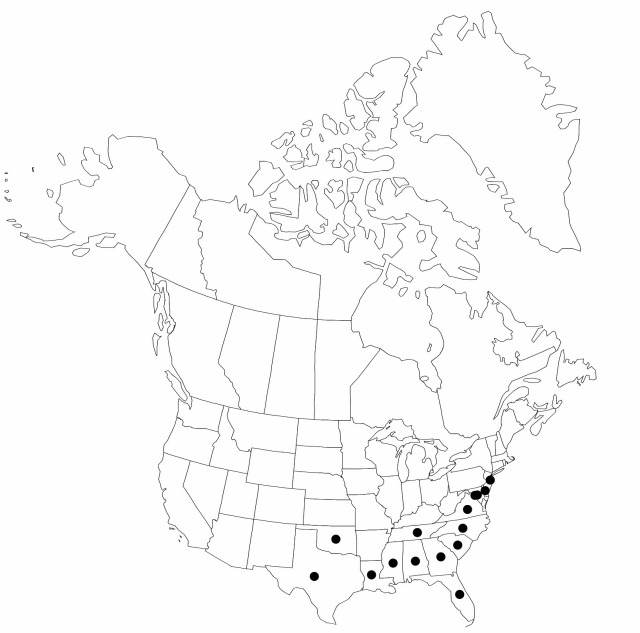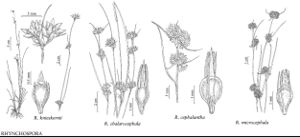Difference between revisions of "Rhynchospora chalarocephala"
Rhodora 42: 426, figs. 1, 2. 1940.
FNA>Volume Importer |
imported>Volume Importer |
||
| (2 intermediate revisions by 2 users not shown) | |||
| Line 6: | Line 6: | ||
|place=42: 426, figs. 1, 2. 1940 | |place=42: 426, figs. 1, 2. 1940 | ||
|year=1940 | |year=1940 | ||
| + | }} | ||
| + | |special_status={{Treatment/ID/Special_status | ||
| + | |code=F | ||
| + | |label=Illustrated | ||
| + | }}{{Treatment/ID/Special_status | ||
| + | |code=E | ||
| + | |label=Endemic | ||
}} | }} | ||
|basionyms= | |basionyms= | ||
| Line 45: | Line 52: | ||
|publication title=Rhodora | |publication title=Rhodora | ||
|publication year=1940 | |publication year=1940 | ||
| − | |special status= | + | |special status=Illustrated;Endemic |
| − | |source xml=https:// | + | |source xml=https://bitbucket.org/aafc-mbb/fna-data-curation/src/2e0870ddd59836b60bcf96646a41e87ea5a5943a/coarse_grained_fna_xml/V23/V23_364.xml |
|genus=Rhynchospora | |genus=Rhynchospora | ||
|species=Rhynchospora chalarocephala | |species=Rhynchospora chalarocephala | ||
Latest revision as of 20:40, 5 November 2020
Plants perennial, cespitose, 30–100 cm; rhizomes absent. Culms erect to ascending-arching, slender, nearly terete, multiribbed. Principal leaves exceeded by culm; blades flat, linear, 1–2 mm wide, apex tapering, trigonous. Inflorescences: spikelet clusters 3–7, widely spaced, clusters loosely turbinate to hemispheric, to 1.3 cm wide. Spikelets brown to pale red-brown, lance-fusiform, 3–5.5 mm; fertile scales elliptic, 2.5–4 mm, acute, midrib short-excurrent. Flowers: perianth bristles 6, ± equaling tubercle. Fruits 1 per spikelet, (2.5–)2.7–3.3(–3.5) mm, body pale brown with yellowish center, ± broadly oblong-obovoid distal to stipe, lenticular, 1.5–2 × 0.8–1 mm; tubercle narrowly triangularsubulate, (1–)1.2–1.5(–2) mm, less than 0.5 mm wide at base.
Phenology: Fruiting summer–fall.
Habitat: Moist sands and sandy peats of savannas, acidic stream banks, seeps, flatwoods, ditches, and pond shores
Elevation: 0–400 m
Distribution

Ala., Del., D.C., Fla., Ga., La., Md., Miss., N.J., N.C., Okla., S.C., Tenn., Tex., Va.
Discussion
Some specimens of Rhynchospora chalarocephala are very difficult to distinguish from R. microcephala, and unquestionably intergrades occur in peninsular Florida and the Gulf southern coastal plain. Rhynchospora chalarocephala tends to have longer, paler, narrower spikelets in looser clusters; the dilated part of the fruit body has a narrower, more oblong outline; and the tubercle is both narrower with a narrower base and longer (mostly 1–1.5 mm versus 0.9–1.2 mm in R. micro-cephala). Most material is easily sorted because R. chalarocephala has paler spikelets in turbinate to hemispheric clusters; the dark brown spikelets of R. microcephala are in globose heads.
Selected References
None.
